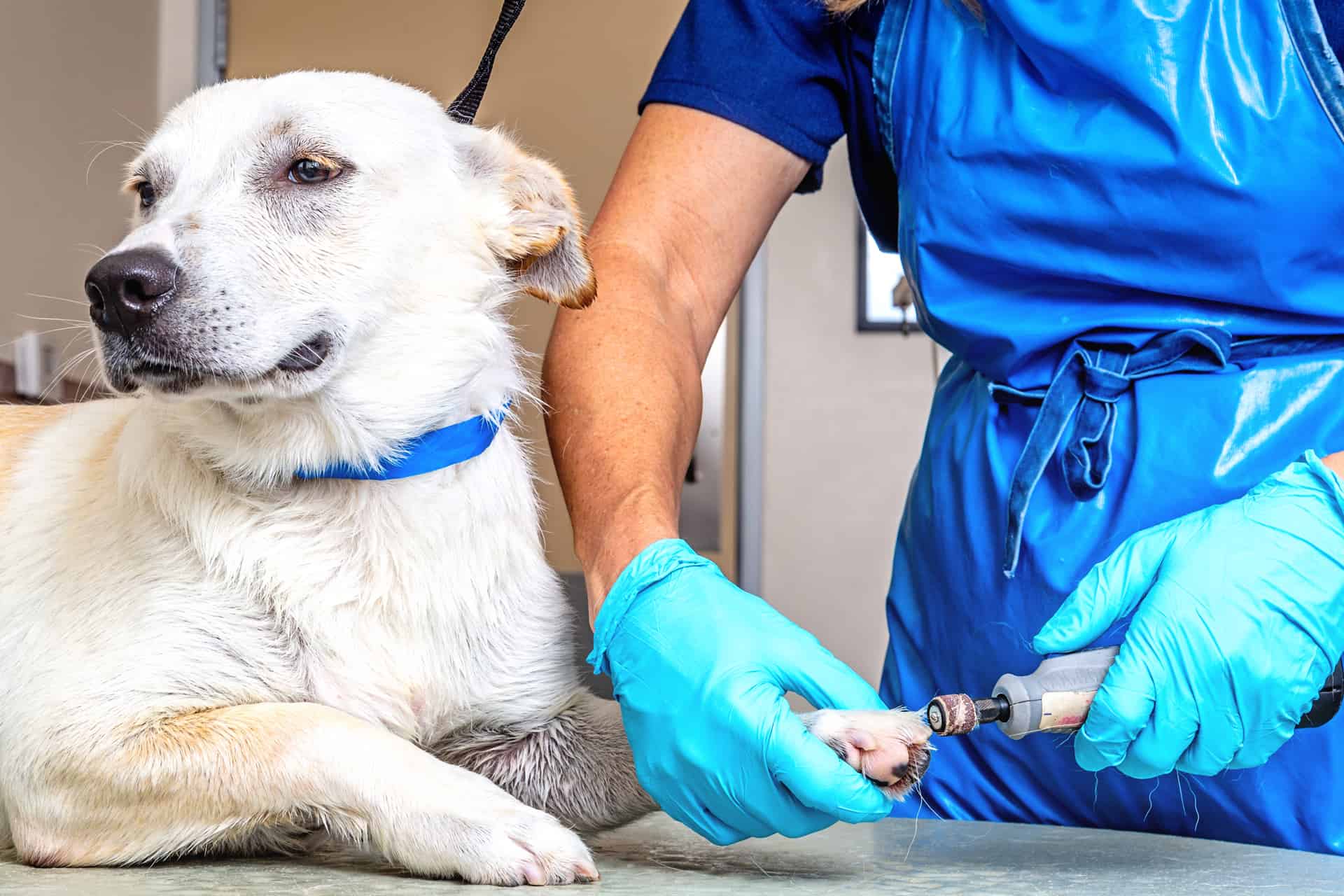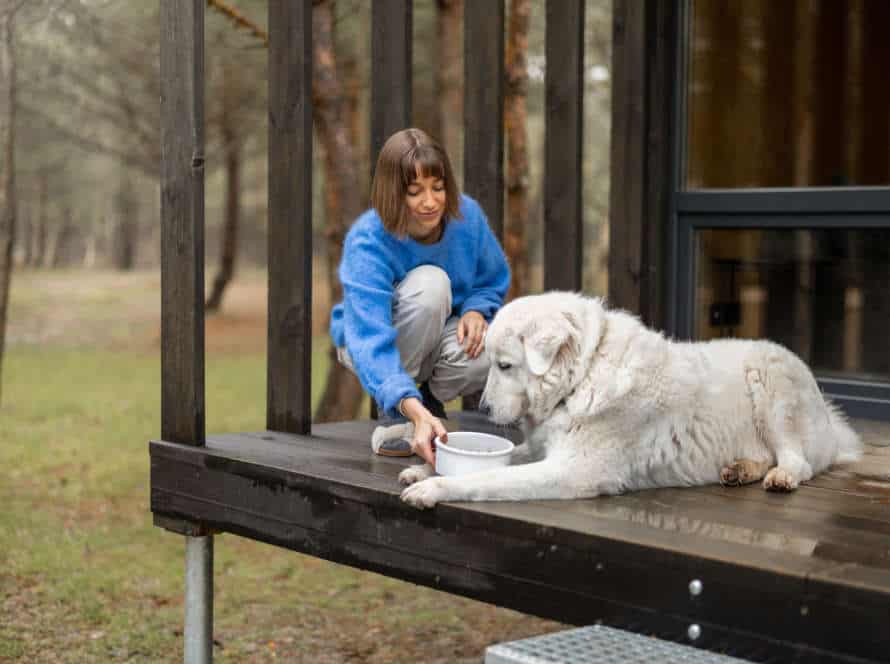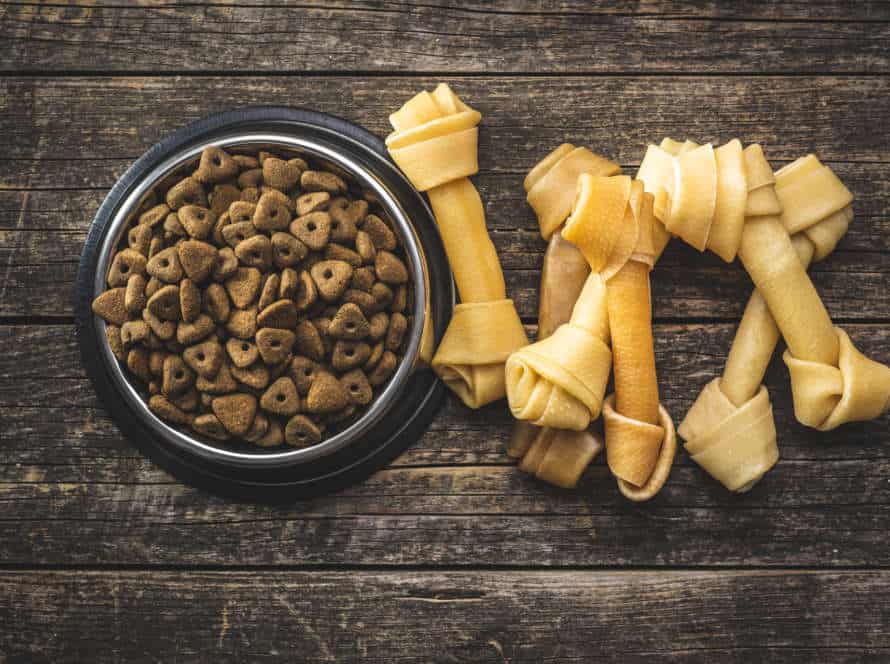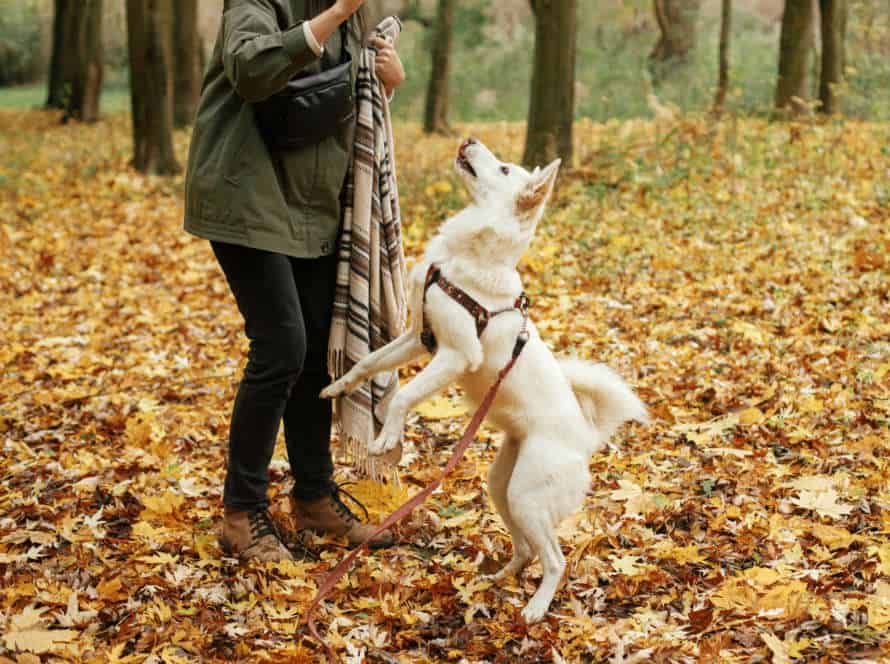Tips for Grooming Your Dog’s Ears, Eyes, and Paws
Grooming your pup’s ears, eyes and paws is essential for their health. Here are some tips:
Ears:
Inspect for signs of infection such as redness, swelling, or discharge. Clean with a cotton ball and vet-recommended ear cleaning solution. Don’t use swabs or push anything deep into the ear canal.
Eye:
Wipe gently with damp cloth to remove any debris. Cut hair around eyes to avoid irritation. Use an eye wash solution from the vet to clean.
Paws:
Keep clean and dry to avoid infections. Trim nails regularly and check for cuts/abrasions. Moisturize paw pads with pet-safe balm to avoid cracking & dryness.
If concerned, consult your vet for any questions about your pet’s health and grooming needs.
Grooming Your Dog’s Ears
Grooming your dog’s ears is essential! It keeps them clean, free of dirt, and lowers the risk of ear infections. But make sure you do it right, to keep your pup happy. Here are some tips for grooming your pup’s ears:
Steps for Cleaning Your Dog’s Ears
Cleaning your pup’s ears is essential grooming. To prevent infections and discomfort, make it a habit! Here’s what to do:
- Mix equal parts water and white vinegar or hydrogen peroxide for a cleaning solution.
- Use a dropper or syringe to put a few drops of the solution in the ear canal.
- Gently massage the base of the ear in a circular motion for about 30 seconds.
- Wipe away debris and solution from the ear flap and ear canal with a cotton ball or soft cloth.
- Repeat the process for the other ear.
Remember: no Q-tips! Regular ear cleaning helps keep your pup healthy and happy.
Techniques for Removing Excess Ear Hair
Excessive ear hair in dogs can cause irritation, infections, and other ear-related health issues. Here’s how to remove it:
- Plucking: Use your fingers or a pair of tweezers to pluck the excess hair from the ear canal. Be careful not to take out too many at once.
- Scissoring: Use rounded-tip scissors to trim the long hair on the ear flap. You can use clippers first if needed.
- Trimming: Use a trimmer to cut the hair close to the skin. But be careful not to go too deep into the ear canal,as this can lead to injury.
If unsure, consult with a professional groomer or vet for help.
How to Identify and Treat Common Ear Problems
When it comes to grooming your pup, it’s vital to take care of their ears, eyes, and paws. Ear infections are common in dogs. They can be caused by bacteria, yeast, allergies, or ear mites.
Signs of an ear infection include:
- Scratching or rubbing the ears
- Discharge from the ear
- Redness or swelling of the ear canal
- Foul odor coming from the ear
To identify and treat ear problems, do the following:
- Inspect your dog’s ears regularly.
- Clean their ears with vet-approved cleaning solution and soft cloth or cotton ball.
- Use ear drops or prescribed meds as directed by your vet.
- Take preventative measures, like regular grooming, proper diet, and avoiding allergens.
By following these steps, you can keep your pup’s ears healthy, and treat any ear infections that may arise.
Grooming Your Dog’s Eyes
Groom your pup’s peepers! Caring for their eyes is essential. Clean ’em and trim ’em, and check for any issues. Proper eye hygiene can help your pooch remain healthy, and dodge uncomfortable conditions. Let’s take a look at the tips and techniques for eye grooming.
Steps for Cleaning Your Dog’s Eyes
Cleaning a pup’s eyes is vital! Here are the steps:
- Hold their head and use a damp, warm cloth to remove discharge or crusts from the corners of their eyes.
- Use a clean cloth or cotton ball soaked in warm water to wipe away any dirt around the eyes and eyelashes.
- Use a saline solution or eye wash your vet recommends to rinse out any irritants or foreign particles.
- Be careful not to get soap or water in the eyes while bathing.
- Be on the lookout for any signs of discomfort or discharge, which could be a sign of an infection or eye problem.
Remember: Regular cleaning can prevent eye infections. Consult your vet if there is any unordinary sign of discharge, inflammation, or irritation.
Pro tip: Give lots of love and treats during eye cleaning for a stress-free experience!
How to Remove Tear Stains
Tear stains are common for pet owners. But there’s no need to worry! With the right methods, they can be taken care of safely. Here’s what to do:
- Keep the area around pup’s eyes clean and dry.
- Use saline solution or a commercial remover.
- Wipe the area with a clean cloth – be careful not to get any solution in pup’s eyes.
- Trim the hair around pup’s eyes to reduce irritation and bacteria buildup.
- Consider changing pup’s diet to reduce tear staining. Ask your vet for advice.
Also, keep in mind that tear stains could signal an underlying health issue. Talk to your vet if the problem persists.
Common Eye Problems in Dogs and Their Remedies
Eye problems in dogs are common. These include conjunctivitis, cataracts, glaucoma, and dry eye.
To help these problems, one can:
- For conjunctivitis: clean the eye area with a wet cloth and use eye drops prescribed by the vet.
- Cataracts: Surgery is the only way to treat advanced cases. Eye drops and vitamins C and E can help prevent or delay them.
- Glaucoma: Eye drops, pills, or surgery can reduce pressure in the eye.
- Dry Eye: Artificial tears help.
To stop eye issues, it’s important to clean the eyes daily and trim hairs that bother the eyes. If you notice redness, discharge, or cloudiness, contact the vet quickly.
Grooming Your Dog’s Paws
Grooming your pup’s paws is key for their health and wellbeing. Regular paw care can help ward off ear and eye infections, as well as dryness and cracking. It’s essential to keep your dog’s paws clean, clipped and moisturized. Here are the top tips for grooming your canine’s paws!
How to Cut Your Dog’s Nails
Trimming your dog’s nails is essential for grooming. It helps keep paws healthy and avoid injuries. Here are the steps:
- Get your pup used to handling their paws.
- Use high-quality clippers or grinders.
- Spot the quick, the pink area at the base that contains vessels and nerves. Don’t cut it.
- Hold their paw softly, then trim each nail.
- If you accidentally cut the quick, put some styptic powder to stop the bleeding.
Additionally, groom the ears, eyes, and paws to maintain hygiene and health. For the ears, wipe with a damp cloth. Use ear cleaning solutions as needed. For the eyes, use a cloth or tissues to wipe away dirt. Avoid contact with their eyes. Finally, trim the fur around the paws and clean between their toes to avoid matting or debris build-up.
Tips for Trimming Hair Around Paws
Trimming your pup’s paw fur can be difficult, but here are some tips to make it easier and safer!
- Use blunt-tipped scissors. Sharp scissors may cause accidental cuts.
- Hold the paw firmly. With dark nails or hair, use a flashlight to check the quick or live part of the nail before trimming.
- Brush and untangle mats or long fur between the paw pads before snipping.
By following these tips, trimming your pup’s paw fur can be easy!
How to Identify and Treat Common Paw Problems.
Dog’s paws can suffer from many common issues. Here’s a list of the most frequent ones and how to treat them:
- Cuts, abrasions and scrapes: Could be caused by rough terrain, playing with other dogs or running around. Apply wound healing cream/spray and cover with a bandage.
- Dry, cracked paw pads: Can happen due to winter weather, summer heat, or long walks. Rub paw balm or coconut oil twice a day.
- Bacterial or yeast infections: Signs are licking paws, odor, redness, swelling and limping. See the vet ASAP and use prescribed ointment.
- Ingrown nails: When not trimmed, can grow into the pads. Take your dog to the vet for trimming or do it yourself carefully.
Proper grooming can prevent these problems. So, make sure to cut nails, moisturize paws, clean regularly and use boots in extreme weather. Remember to check your dog’s paws often, and take action if you notice something unusual. Early treatment can spare your pup from pain and other serious conditions.
Frequently Asked Questions
Q: How often should I groom my dog’s ears, eyes, and paws?
A: It is recommended to groom your dog’s ears, eyes, and paws once a week to maintain their hygiene and prevent any potential health issues.
Q: Can I use regular human products to groom my dog’s ears, eyes, and paws?
A: No, it is not advisable to use regular human products as they may contain ingredients that can be harmful to your dog’s skin or eyes. Always use products specially formulated for dogs.
Q: How do I groom my dog’s ears?
A: First, inspect your dog’s ears for any redness, swelling, or discharge. Then, gently clean the ear flap and outer ear with a damp cloth or cotton pad. Avoid inserting anything into the ear canal as it can damage the eardrum.
Q: How do I groom my dog’s eyes?
A: Firstly, check if there are any signs of redness, discharge, or irritation. Then, use a dog-specific eye cleaner to wipe away any debris or dirt around the eye area. Do not touch your dog’s eye while cleaning it.
Q: How do I groom my dog’s paws?
A: Begin by trimming the hair between the paw pads using a pair of scissors. Then, carefully trim the nails, making sure not to cut them too short as it can cause bleeding. Lastly, moisturize your dog’s paw pads with a dog-safe moisturizer to prevent cracking and dryness.







